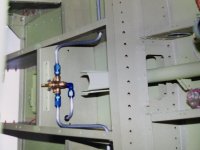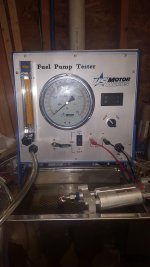Hi everyone.
I’ve read a few times about 90 degree bends in fuel lines and get the impression they are a bad idea. A recent post mentioning the avoidance of 90 degree bends prompted me to ask the question: why?!
I’m not yet at the stage of running fuel lines through the fuselage but will be shortly.
Thanks in advance.
I’ve read a few times about 90 degree bends in fuel lines and get the impression they are a bad idea. A recent post mentioning the avoidance of 90 degree bends prompted me to ask the question: why?!
I’m not yet at the stage of running fuel lines through the fuselage but will be shortly.
Thanks in advance.






